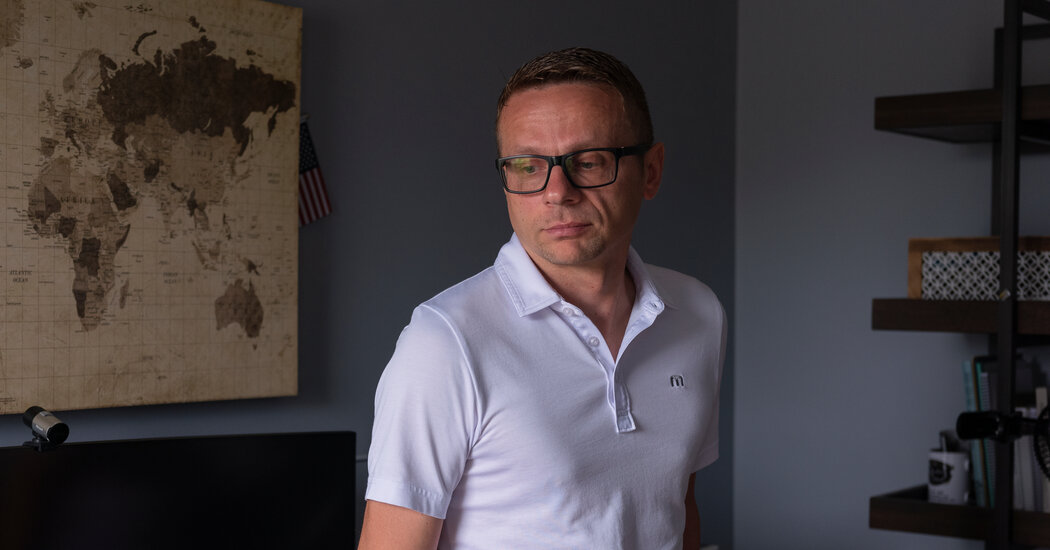
Diagnostic confusion also seemed to have played a role in the Sandals case. The night before they were supposed to check out, two of the people who died, Robbie Phillips, 65, a travel adviser who was actually one of the top sellers for Sandals, and her husband, Michael, 68, visited a medical facility complaining of nausea and vomiting, according to local authorities. Donnis Chiarella, 65, who was staying on the other side of the wall, also visited a clinic, her son told ABC News. All returned to their adjoining beachfront villas, where the Phillipses and Ms. Chiarella’s husband, Vincent, 64, were found unresponsive the next morning according to local authorities. Later that day, all three were pronounced dead. Ms. Chiarella, who had to be hospitalized, was the lone survivor.
Further complicating diagnosis is the fact that there often aren’t any major hints before the invisible, odorless gas renders someone too disoriented to take action, said Patrick Morrison, the chief of field services for the International Association of Fire Fighters, the largest union of firefighters and paramedics in the United States. He said his union supports requiring detectors in all hotel sleeping quarters for this reason.
“If you cannot get out to fresh air, you’ll be overcome by it,” Mr. Morrison said. “That’s why people die in their sleep.”
Mr. Markowski returned to his room, where at some point he recalls lying on the floor screaming.
Fuel and a bird’s nest
Carbon monoxide is released when a device burns a fuel such as gas, oil, propane, kerosene, wood or charcoal. The most common causes of carbon monoxide poisoning in hotels are boilers and heaters used to warm swimming pools and water for an entire wing, said Dr. Lindell K. Weaver, who specializes in carbon monoxide poisoning at Intermountain Healthcare in Salt Lake City. Gas dryers, fire places, portable gas-powered pool cleaning devices and portable generators are other sources of carbon monoxide leaks.
If these devices are working properly — or, in the case of generators, if they are used in a safe location outside — they shouldn’t pose a danger. Carbon monoxide, in tiny amounts, will exit through the exhaust vent. Problems typically occur when the device malfunctions or the vent is blocked or broken. In Mr. Markowski’s case, fire reports identified a bird’s nest plugging the vents in the room with the hot water tanks.
The gas can follow air currents through vents, tiny holes and even dry wall, sometimes ending up far away from the original source of the leak. In this case, the gas likely entered Room 205 through holes and crevices in the floor, according to fire authorities.




